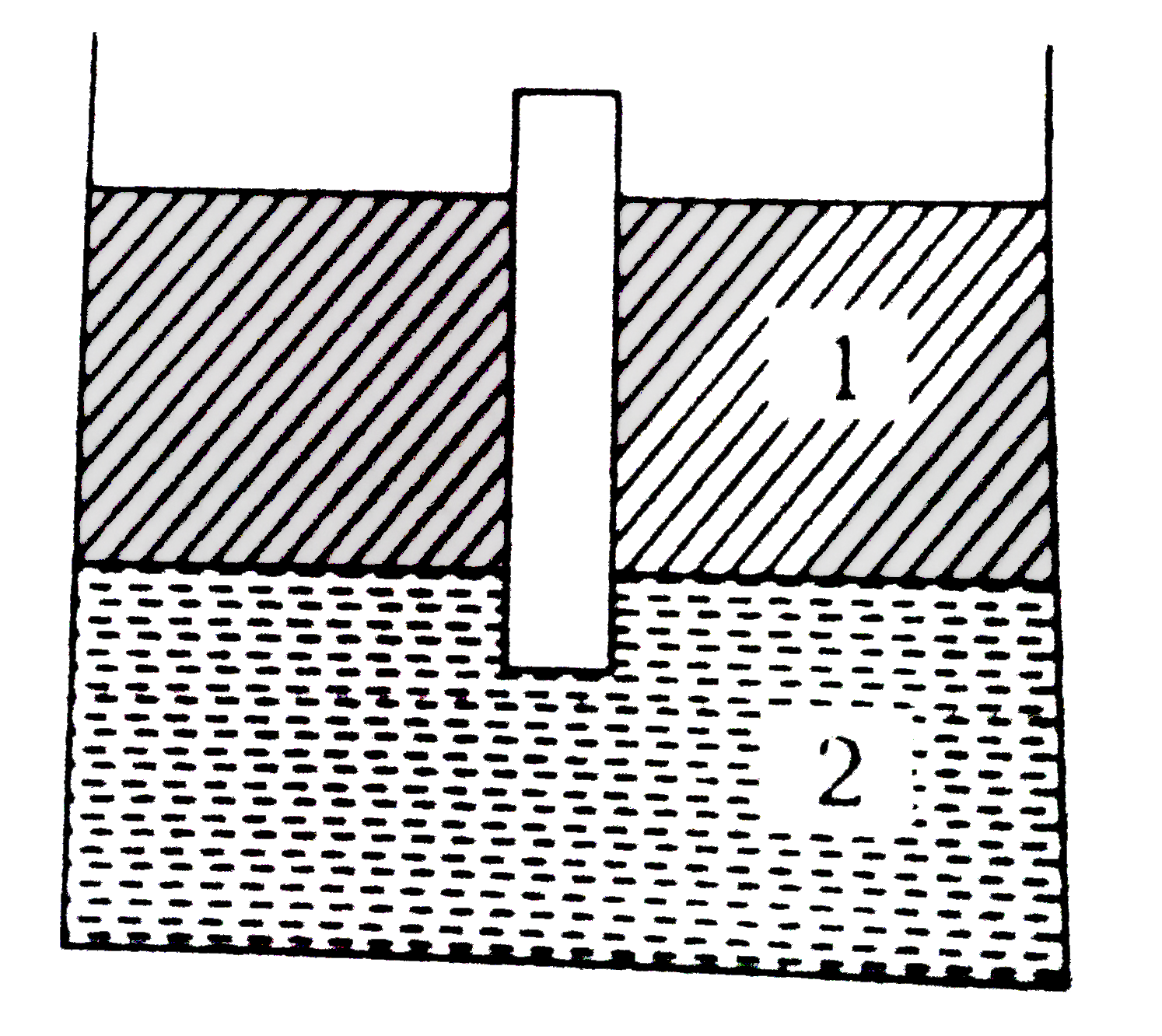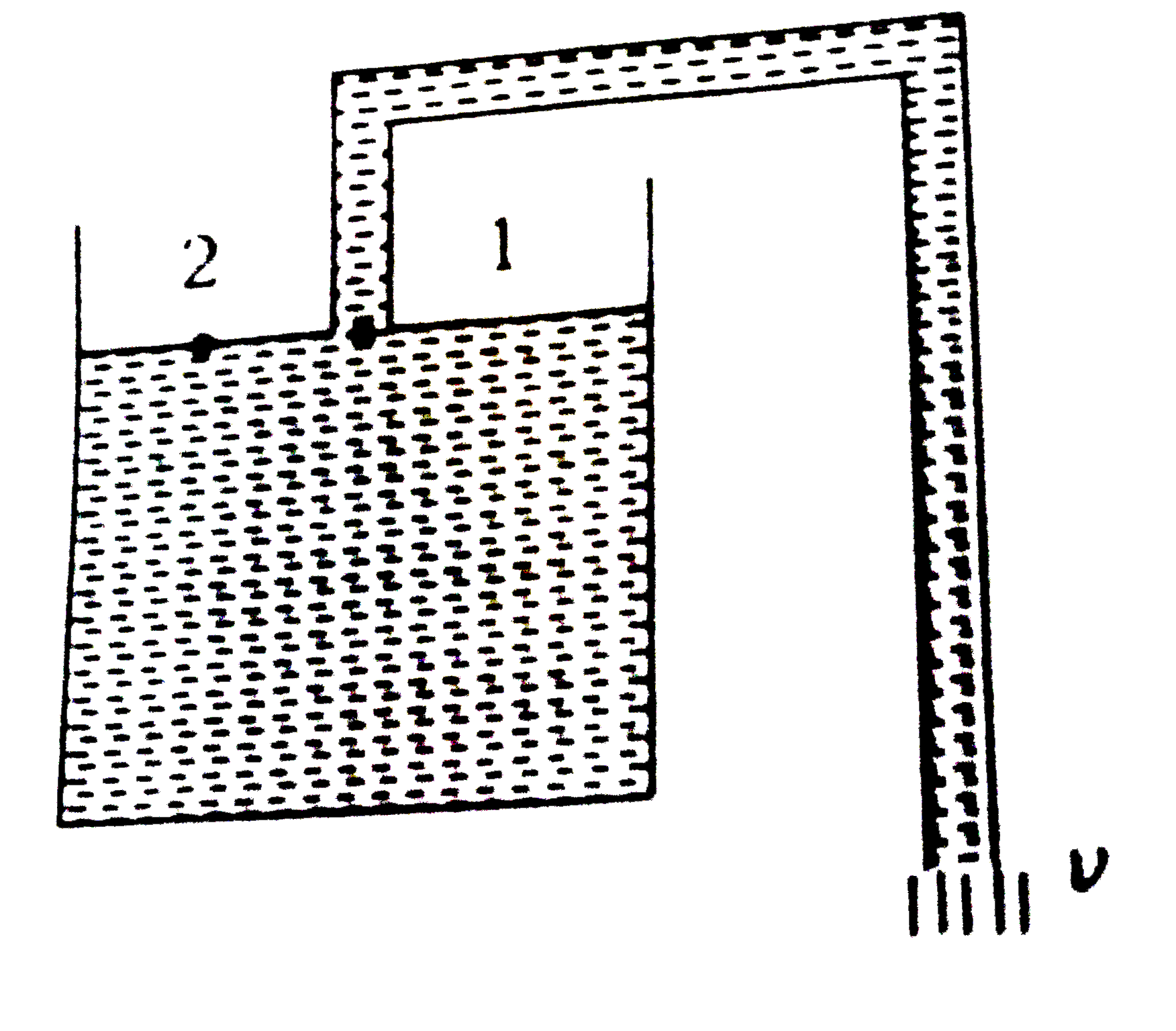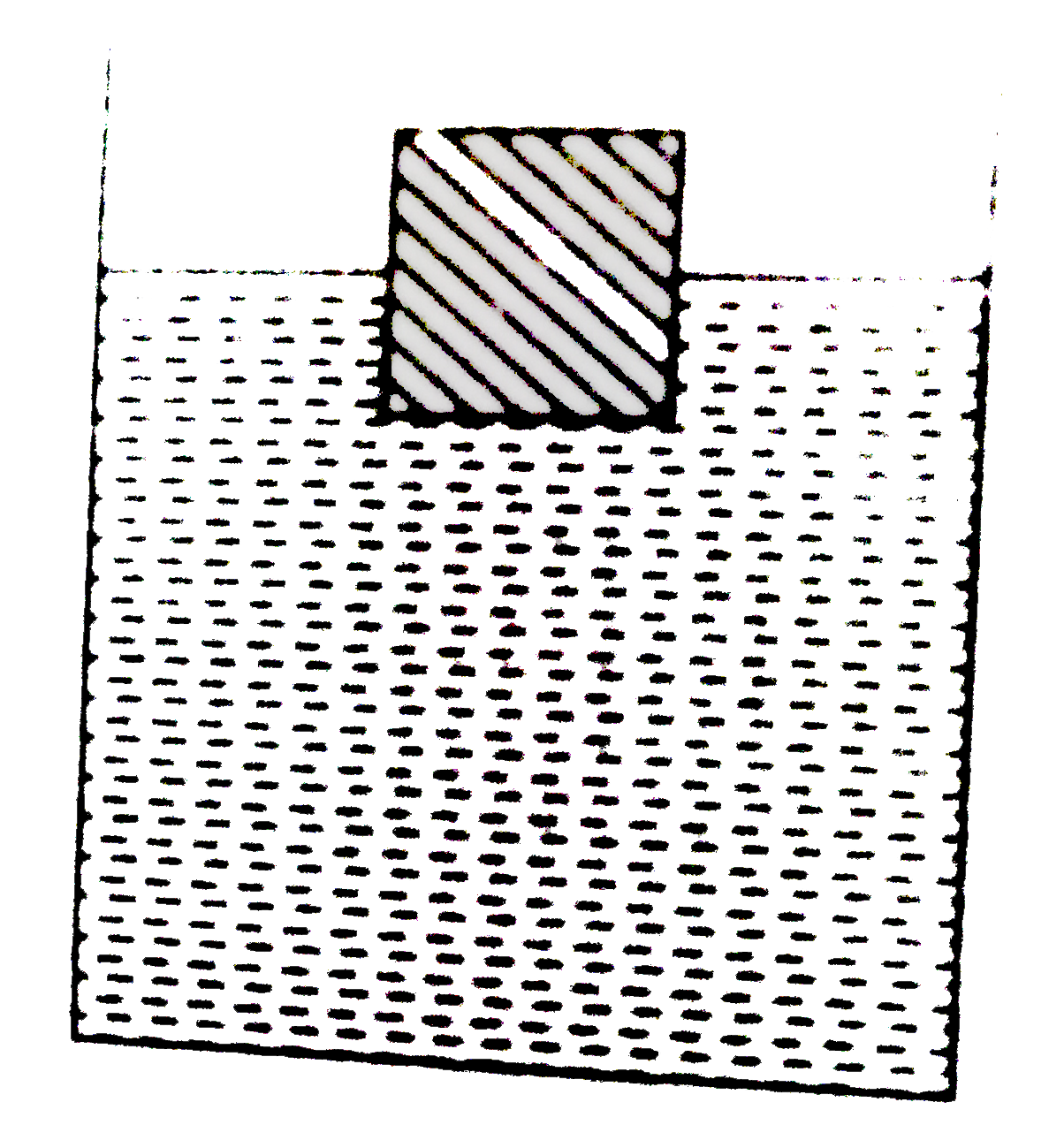Complete Solutions to B) Medical entrance special format question of chapter FLUID MECHANICS of Class 11 book with complete answers and questions
| Class 11 | PHYSICS |
| Chapter | FLUID MECHANICS |
| DC PANDEY NEET | B) Medical entrance special format question |
| Number Of Questions | 19 |
| Academic Year | 2023-24 |
Assertion : Density of an incompressible liquid is constant.
Reason : An ideal fluid is incompressible.
View SolutionAssertion : In a freely falling liquid container, upthrust force is zero.
Reason : In freely falling case value of effective value of g is zero.
View SolutionAssertion : Bulk modulus of an incompressible liquid is infinite.
Reason : Compressibility is inverse of bulk modulus.
View SolutionAssertion If angle of contact is `0^(@)`, then liquid will neither rise nor fall in a capillary.
Reason : When angle of contact is `0^(@)`, surface is neither convex nor concave inside the capillary. It is flat.
View SolutionAssertion : Deep inside a liquid density is more than the density on surface.
Reason : Density of liquid increases with increase in depth.
View SolutionAssertion : Small water drops are sperical while bigger water drops are not.
Reason : In small water drops surface tension forces dominate while in bigger water drops gravity forces dominate.
View SolutionAssertion : When an ideal fluid flows through a pipe of non-uniform cross-section, then pressure is more at that section where area is more if the pipe is horizontal.
Reason : According to Bernoulli's theorem speed at broader cross-section will be less.
View SolutionAssertion : If ice is floating in water and it melts, then level of water remains unchanged.
Reason : When the ice is floating, weight of liquid displaced is equal to the weight of ice.
View SolutionAssertion : An ice ball is floating in water. Some stone pieces are embedded inside the ice. When ice will melt, level of water will fall.
Reason : In floating condition, stone pieces will displace more liquid compared to the condition when they sink.
View SolutionAssertion : A solid is floating in a liquid of density `rho_(1)`. When the solid melts its density becomes `rho_(2)` in liquid state. If `rho_(1) gt rho_(2)` level of liquids will increase after melting.
Reason : In liquid state volume always increases after a solid melts.
View SolutionAssertion : A solid sphere and a hollow sphere both of same material are immersed in a liquid , then change in weight in both the spheres will be same.
Reason : Upthrust depends upon the volume of the solid immersed not the mass.
View SolutionAssertion : If water is filled in a balloon and this is immersed in water itself. Then volume of water displaced is equal to the volume of water filled in the ballon.
Reason : Volume of a liquid displaced is equal to the volume of solid immersed in that liquid.
View SolutionAssertion : At same level of same liquid pressure is always same.
Reason : When any fluid travels from a region of higher pressure to lower pressure (At same levels) it gains same speed.
View SolutionAssertion : A solid is floating in a liquid . If temperature is increased and expansion of solid is ignored, then fraction of volume immersed will increase.
Reason : By increasing the temperature density of liquid will decrease.
View SolutionAssertion : A ball is released from the bottom of a tank filled with a liquid. It moves upwards . In moving upwards upthrust will decrease.

Reason : Density of ball is less than the density of liquid.
View SolutionAssertion : A wooden plank is floating in two liquids as shown. Net force applied by liquid-1 on plank is zero.
Reason : Contribution in upthrust due to liquid -1 is `V_(1)rho_(1)g`. Where `V_(1)`= volume immersed in liquid -1 and `rho_(1)` is the is the density of liquid -1.

View SolutionAssertion : In the given figure shown, `p_(1)=p_(2)`.

Reason : Pressure at 1 is less than the atmospheric pressure.
View SolutionAssertion : A solid object of iron is dipped in water, both are at same temperature of `2^(@)C`. If the temperature of water is increased by `2^(@)C`, then the buoyancy force action of the object will increase.
Reason : If we increase the temperature of water from `2^(@)C " to " 4^(@)C`, then density of water will increase. Ignore expansion of solid sphere.
View SolutionMass of solid floating in liquid is `m_(1)` and mass of liquid is `m_(2)`. Base area is A. Then pressure at bottom is `p_(0) + ((m_(1)+m_(2))g)/(A)`

Reason : Upward force on liquid from base of vessel is pA, where p is pressure at bottom.
View Solution
B) Medical entrance special format question questions and complete solutions for chapter FLUID MECHANICS of DC PANDEY PHYSICS (HINGLISH) of Class 11
All Exercises from DC PANDEY NEET Class 11 PHYSICS FLUID MECHANICS
- Assertion and Reason
- B) Medical entrance special format question
- Check point 13.1
- Check point 13.2
- Check point 13.3
- Check point 13.4
- Example
- Example 13.1
- Example 13.10
- Example 13.11
- Example 13.12
- Example 13.13
- Example 13.14
- Example 13.15
- Example 13.16
- Example 13.17
- Example 13.18
- Example 13.19
- Example 13.2
- Example 13.20
- Example 13.21
- Example 13.22
- Example 13.23
- Example 13.24
- Example 13.25
- Example 13.26
- Example 13.27
- Example 13.28
- Example 13.29
- Example 13.3
- Example 13.30
- Example 13.31
- Example 13.32
- Example 13.33
- Example 13.34
- Example 13.35
- Example 13.4
- Example 13.5
- Example 13.6
- Example 13.7
- Example 13.8
- Example 13.9
- Exercise16.1
- Exercise16.2
- Exercise16.3
- Exercise16.4
- Exercise16.5
- Exercise16.6
- Exercise16.7
- Exercise16.8
- Introductory Exercise
- Level 1 Assertion And Reason
- Level 1 Single Correct
- Level 1 Subjective
- Level 2 Comprehension Based
- Level 2 More Than One Correct
- Level 2 Single Correct
- Match the columns
- Medical entranes gallery
- Miscellaneous Examples
- Solved Examples
- Subjective
- Subjective Question
- Taking it together